One of the great delights of being an artist in the American Northeast is the wide array of small regional and local art museums. As a boy I grew up in Huntington New York where the small Heckshire Museum of Art contained a two-room permanent collection that included a Meissonier cavalry painting that amazed me for its craftsmanship and detail. As an art student I was within driving distance of the Yale University Art Gallery with its E.A. Abbey masterpiece, “Richard, Duke of Glouchester and the Lady Anne “, in New Haven CT, The Nassau County Art Museum, The Montclair Art Museum in Montclair, NJ, The Clark Art Institute in Williamstown, MA with its splendid Bouguereau collection, and many others.
The reason for this density of art museums was that during the post civil war Victorian period there was a huge economic boom in the northeast fueled by the industrial revolution. New wealth in the names of Carnegie, Rockefeller, Frick, Morgan, et al. built railroads and factory towns from Chicago to Boston. These patrons built vast art collections, traveling to Europe to buy up all the art that they could find, including ancient and contemporary art and even whole buildings brought back to America brick by brick. The collections reflected the private tastes of the collectors. Rockefeller collected medieval art, Morgan collected books, Frick collected Renaissance masters, etc. Beginning in 1900 the US instated the inheritance tax, in 1911 the anti-trust act was brought against Rockefeller’s Standard Oil, and in 1913 the first income tax, all drastically impacted the personal wealth of big patrons and their ability to keep private collections of art. By the 1929 stock market crash many of the giant Victorian empires had collapsed and their private collections became untenable forcing them to donate their art and land to the public.
The big museums such as The Met, The Boston Art Museum, The Philadelphia Art Museum, and others were large enough to evolve with changing aesthetic and historic perspectives, replacing academic paintings with modern works, but it was the little museums that remained frozen in time, unable to afford new acquisitions, restricted by the estate’s donation mandate (ie. Isabella Stewart Gardner Museum, Boston) or were unable to sell their old Victorian paintings. One hundred years later this has created a network of small collections of paintings that have remained relatively intact. One of the best examples of this is The Delaware Art Museum in Wilmington, DE.
The collection was begun in 1912 by the Wilmington Society of Fine Arts as a memorial to the great Golden Age of Illustration master Howard Pyle after his death in 1911. It was not until 1931 however that the Bancroft estate donated their Pre-Raphaelite collection begun in the 1890’s, as well as the land and funding to build the small art museum which opened in 1938. Samuel Bancroft was a local Wilmington industrialist who was president of Bancroft Mills one of the country’s largest textile manufacturers. Bancroft was an English emigrant who in his frequent travels back to England began collecting Pre Raphealite art in the 1880’s. More locally, he was a staunch patron of Howard Pyle ‘s Brandywine School. Samuel Bancroft died in 1915 and his children donated the art and land in 1931 shortly after the stock market crash of ’29. Bancroft Mills would eventually go out of business in 1961 leaving the Delaware Art Museum as one of Bancroft’s most enduring legacies, and great example of a private Victorian art collection turned into a small public museum.
On the weekend of September 23- 25, 2016 I will have the honor of exhibiting my work, along with many other talented artists at the Delaware Art Museum for the Illuxcon Preview Show. I hope that as many of you who can can make the trip out not just to see some of the best contemporary illustrators but also one of the best collections and hidden art gems in America.


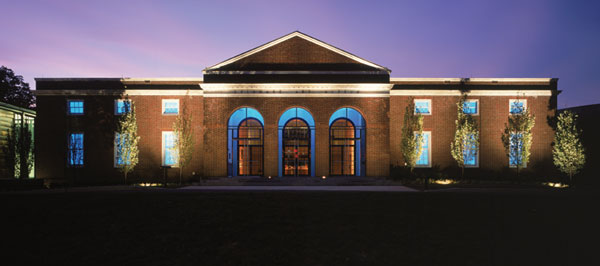

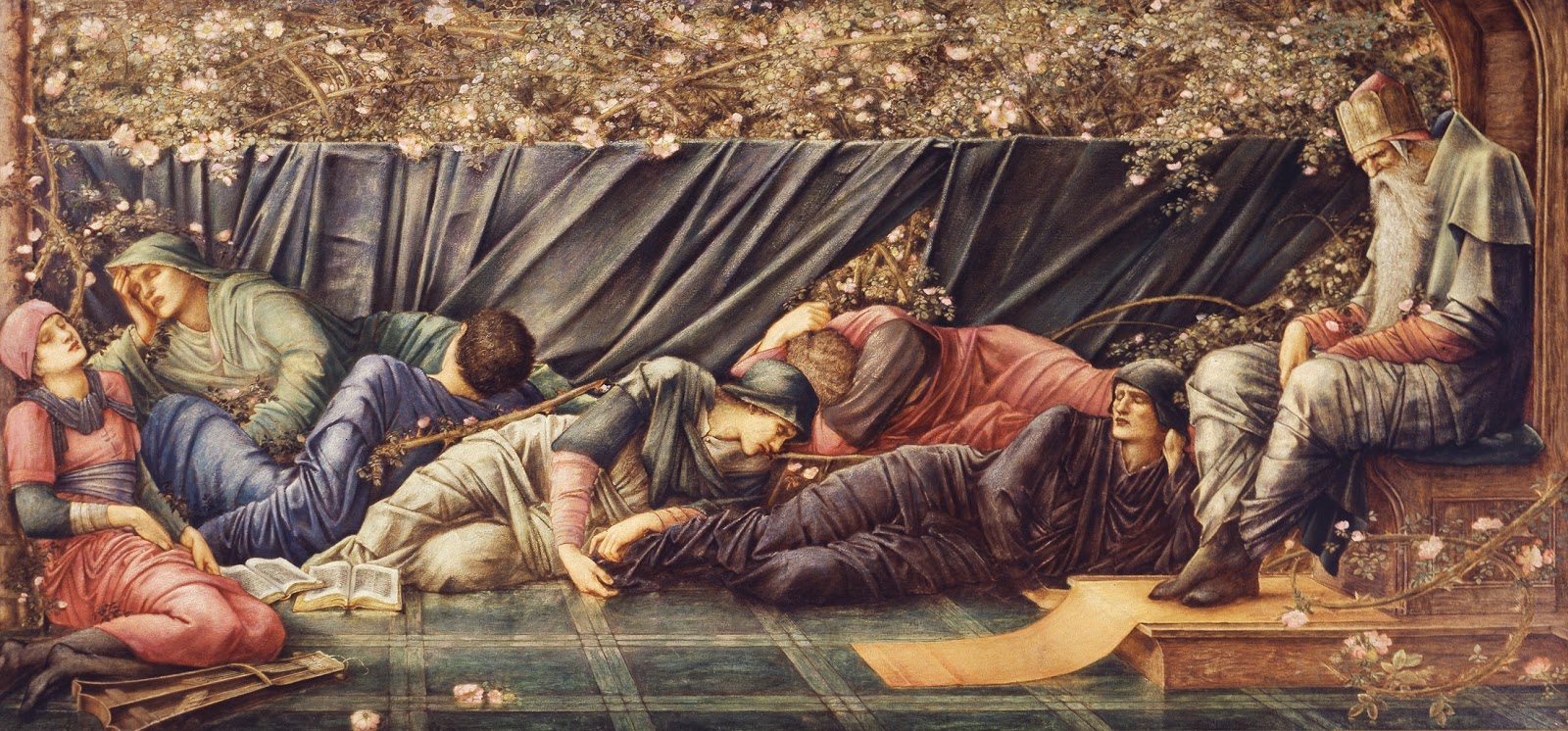
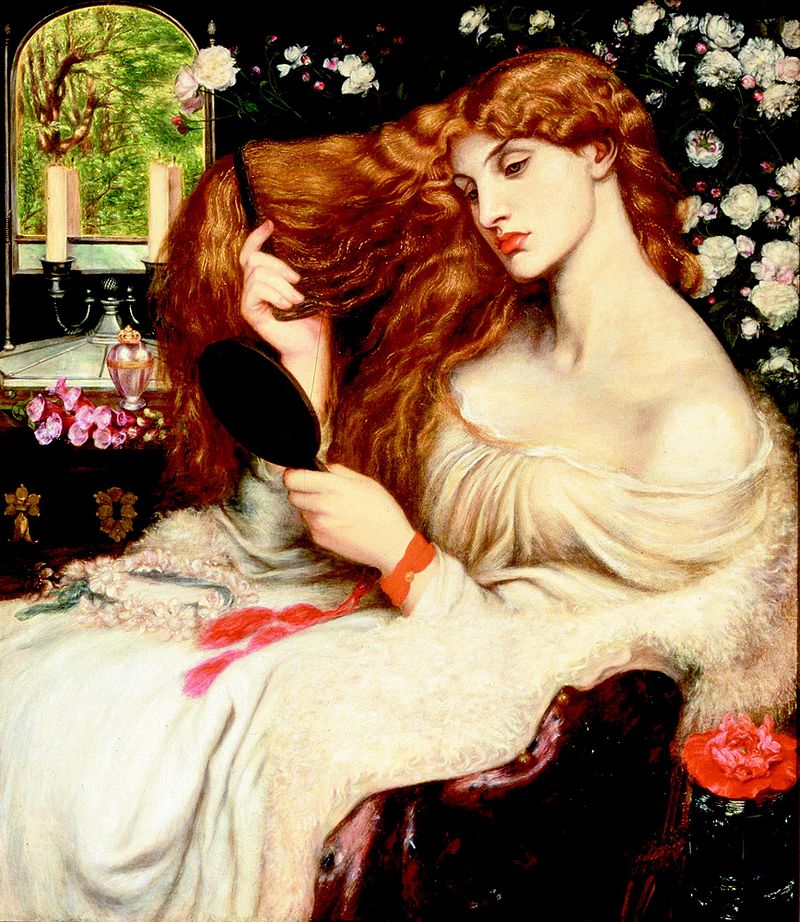
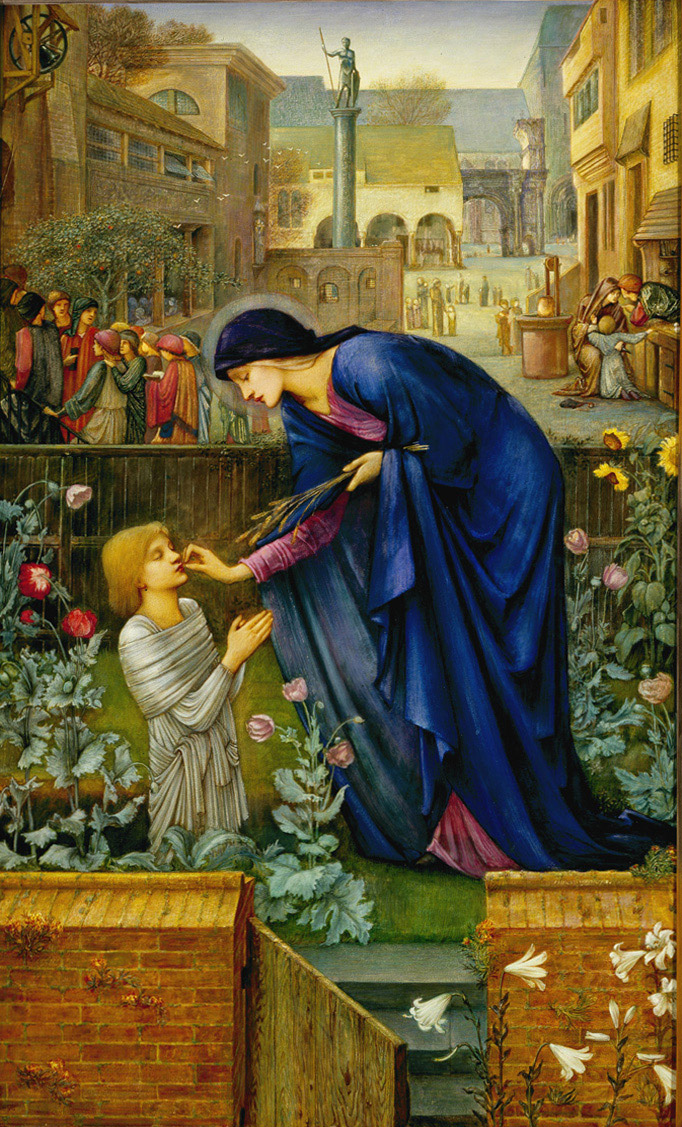
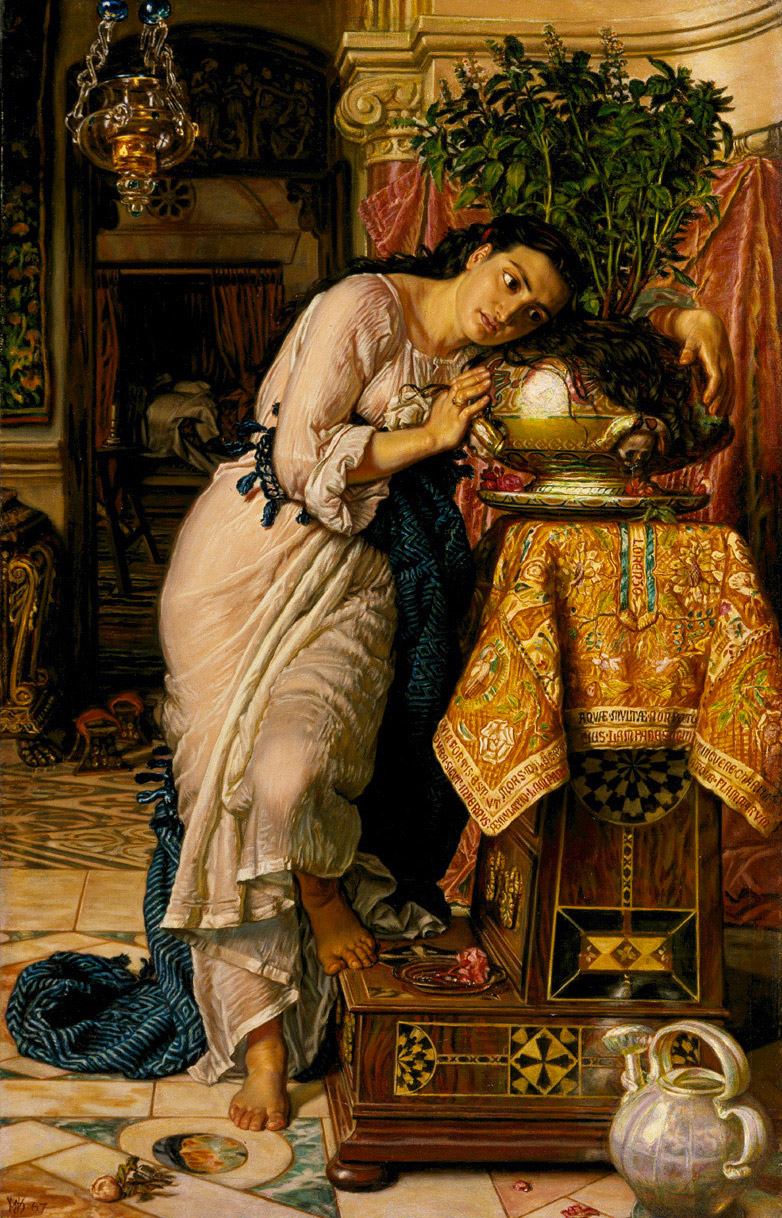
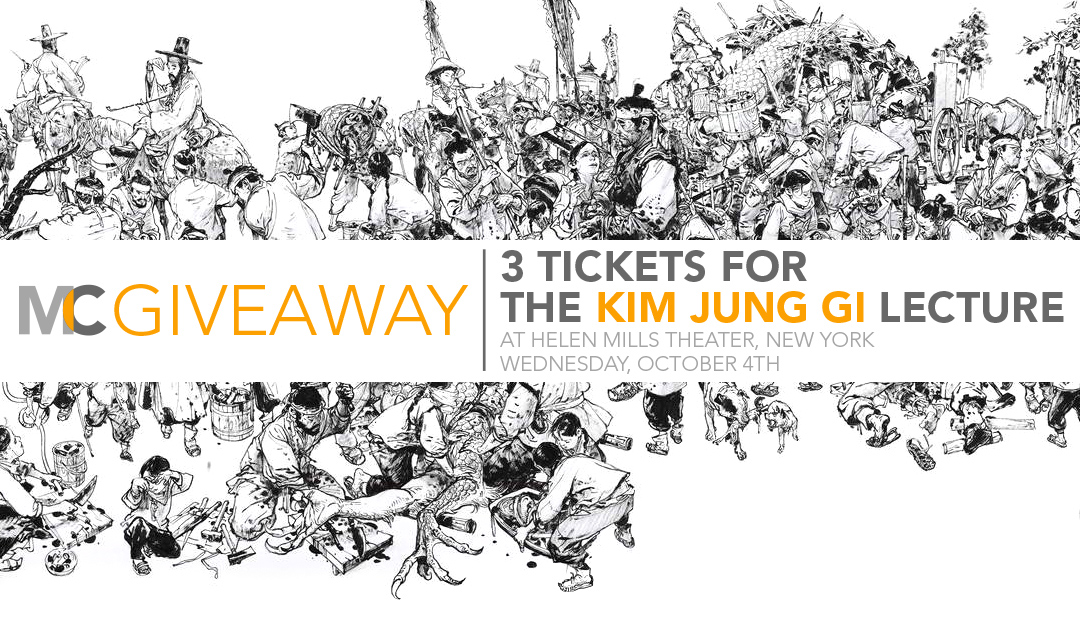
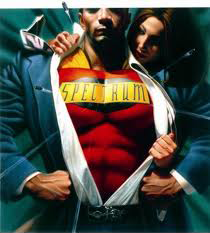
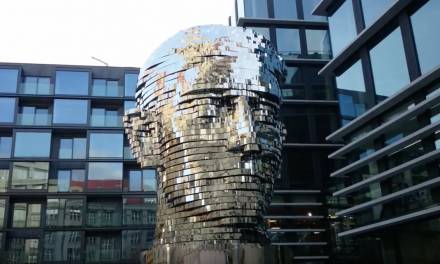
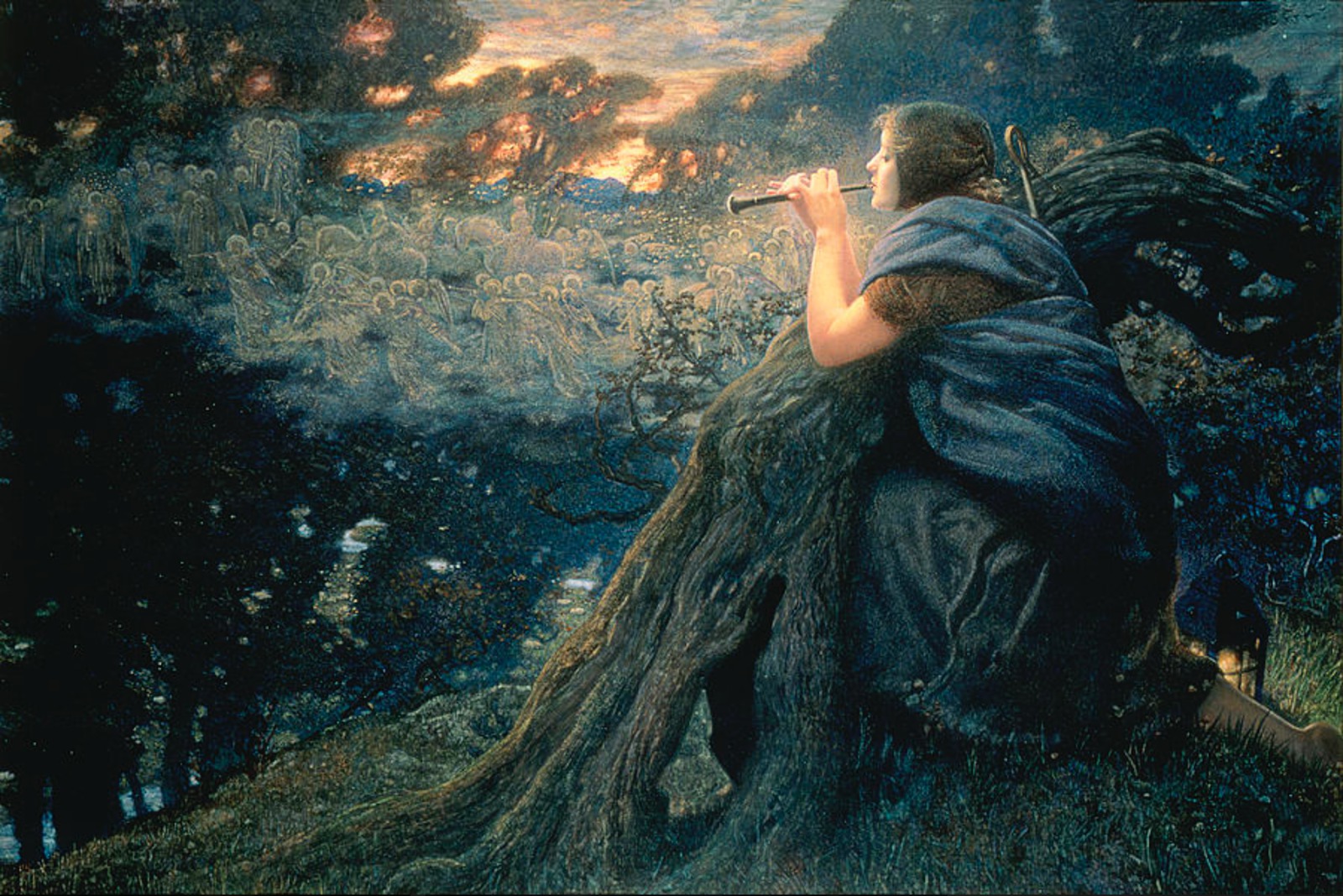
That last painting, William Holman Hunt's “Isabella and the Pot of Basil” was sold off in 2014.
thanks for the update